Affiliate links on Android Authority may earn us a commission. Learn more.
The pop-out camera is the best solution for the bezel-less display conundrum
Published onMarch 20, 2019
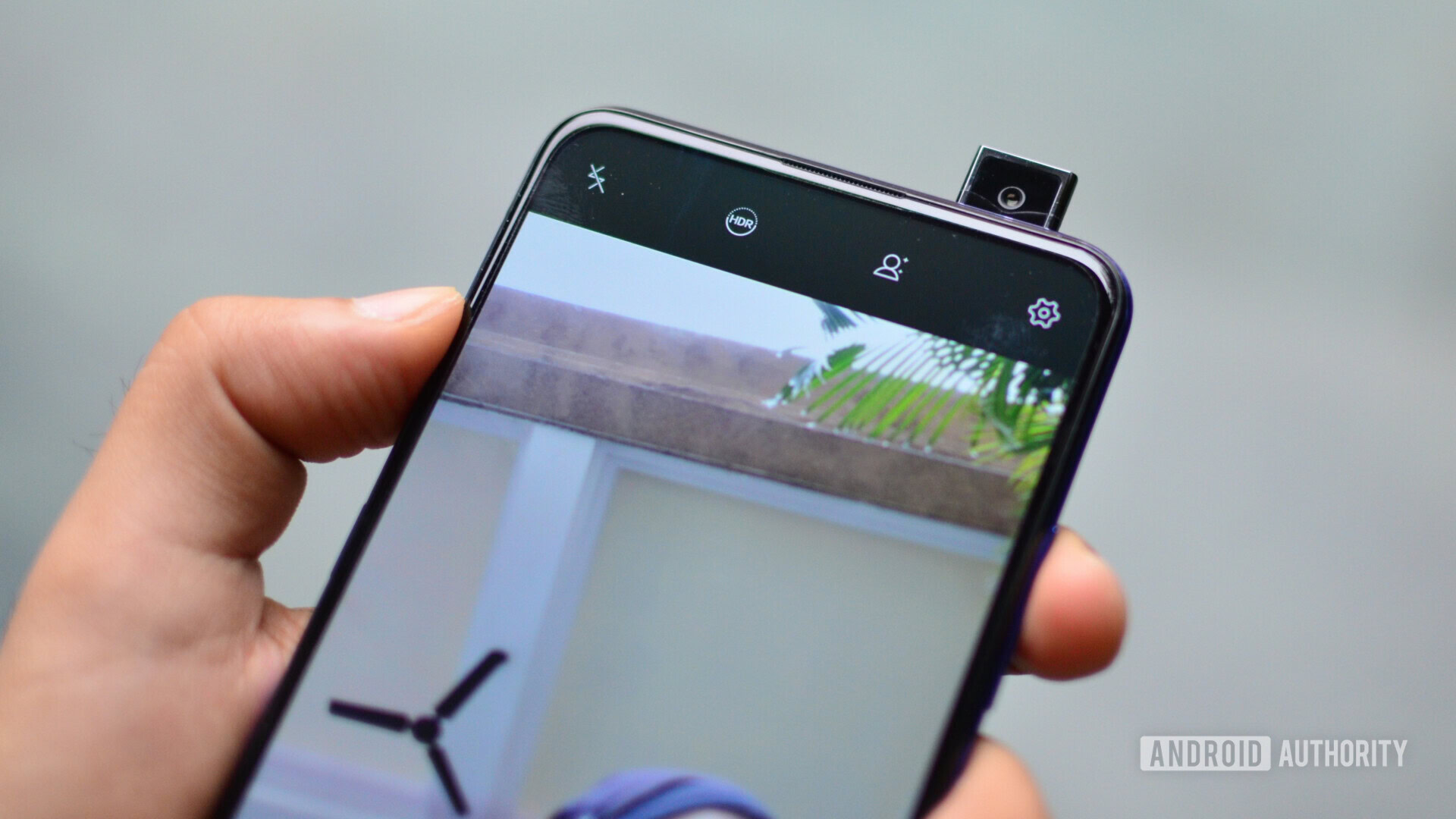
A couple of years ago, we all got excited by the impending possibility of a true bezel-less display on a smartphone. Who wouldn’t like an edge-to-edge immersive experience, right?
As the old maxim goes, careful what you wish for.
Bezel-less displays are immersive and striking. But the front of the smartphone still has to accommodate cameras, speakers, and sensors. A cutout on the display became an awkward solution.
As soon as Apple adopted it for the iPhone X, the notch became mainstream. Despite the countless jokes and memes about the notch, not to mention open disdain from many customers, more and more brands signed up for the idea.
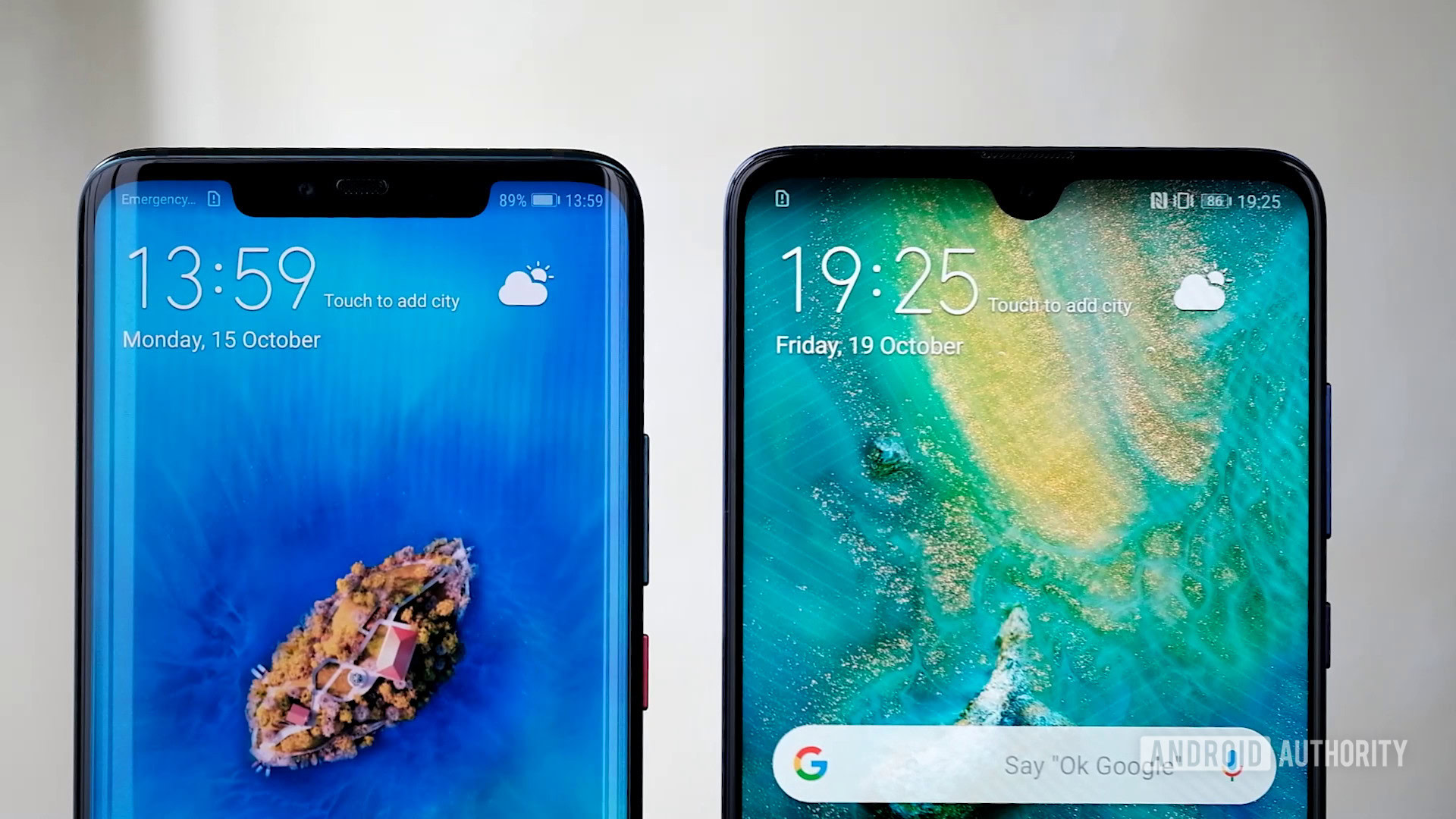
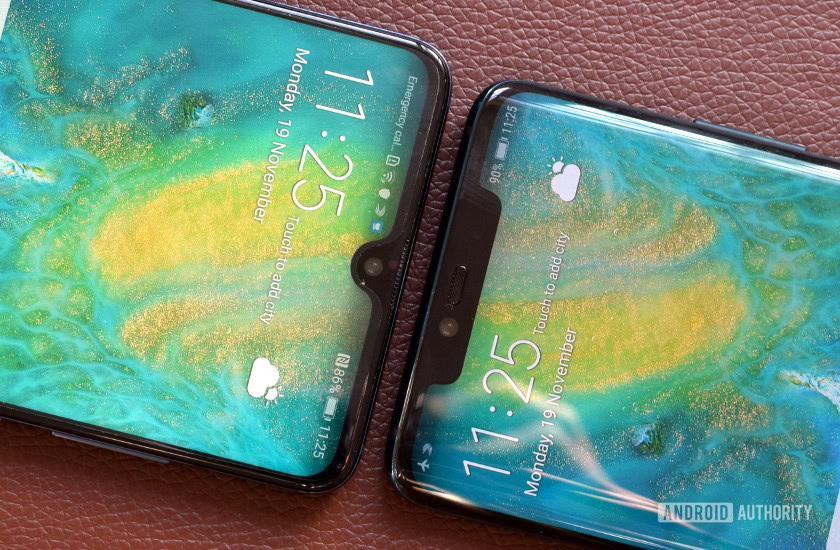
The innovation in the cutout space was limited to reducing the size of notches, but the start of 2019 brought about a new trend, the “punch hole”. The punch hole houses the front-facing camera(s) and, like the notch, this is a cut-out portion of the physical display. However, it differs from the notch in that this cutout area is not part of the phone’s outer frame.
Clearly, the display hole would become mainstream, since the two biggest smartphone OEMs globally – Samsung and HUAWEI – have adopted it.
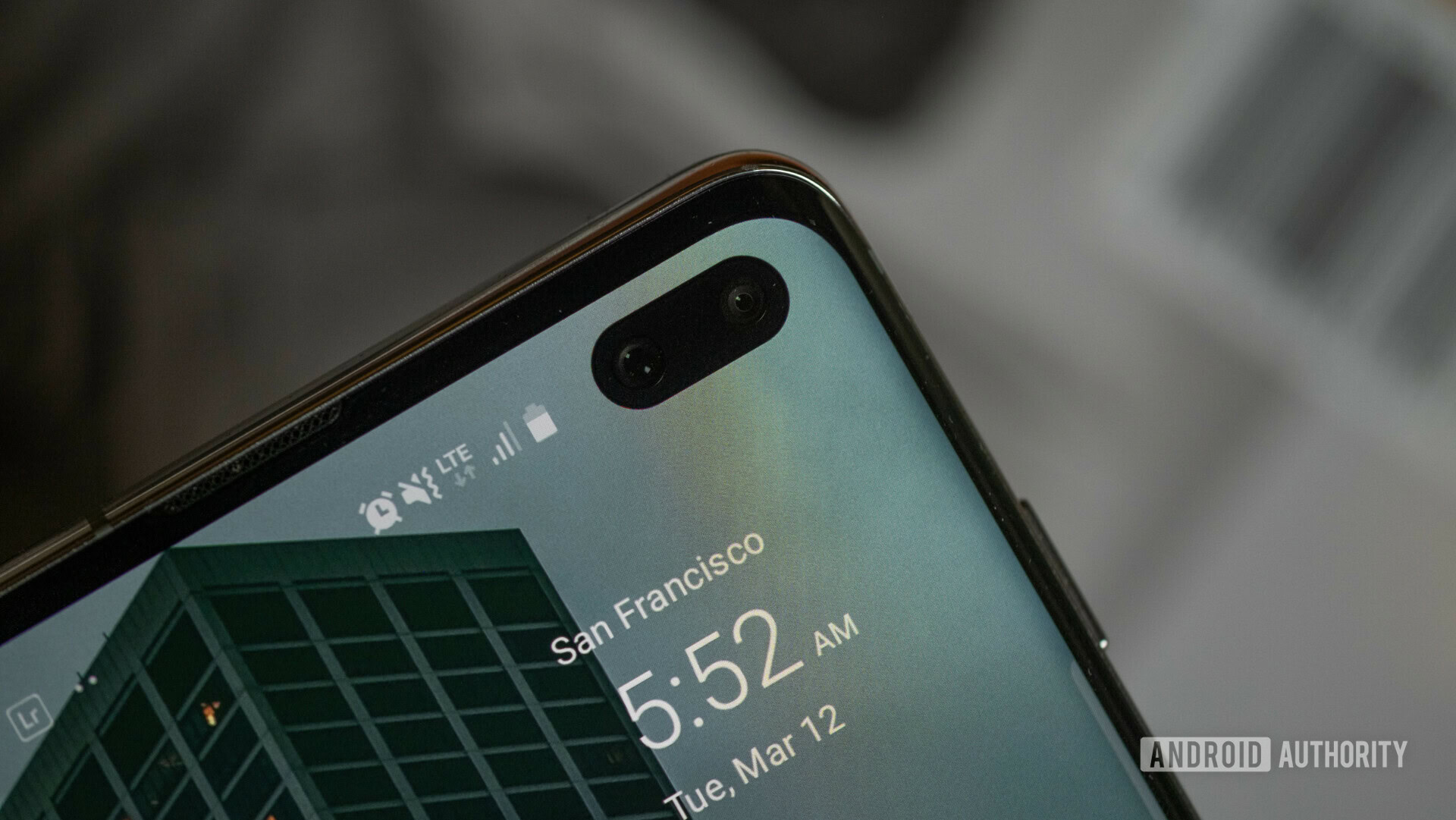
Display cutouts, whether shaped like a notch or a punch hole, became something that one would tune out after using a phone for a few days – even if it is as big as the one on my Pixel 3 XL. From hatred to casual nonchalance, the notch lives on, and the punch hole too is sailing just fine.
Hide the cameras, everyone
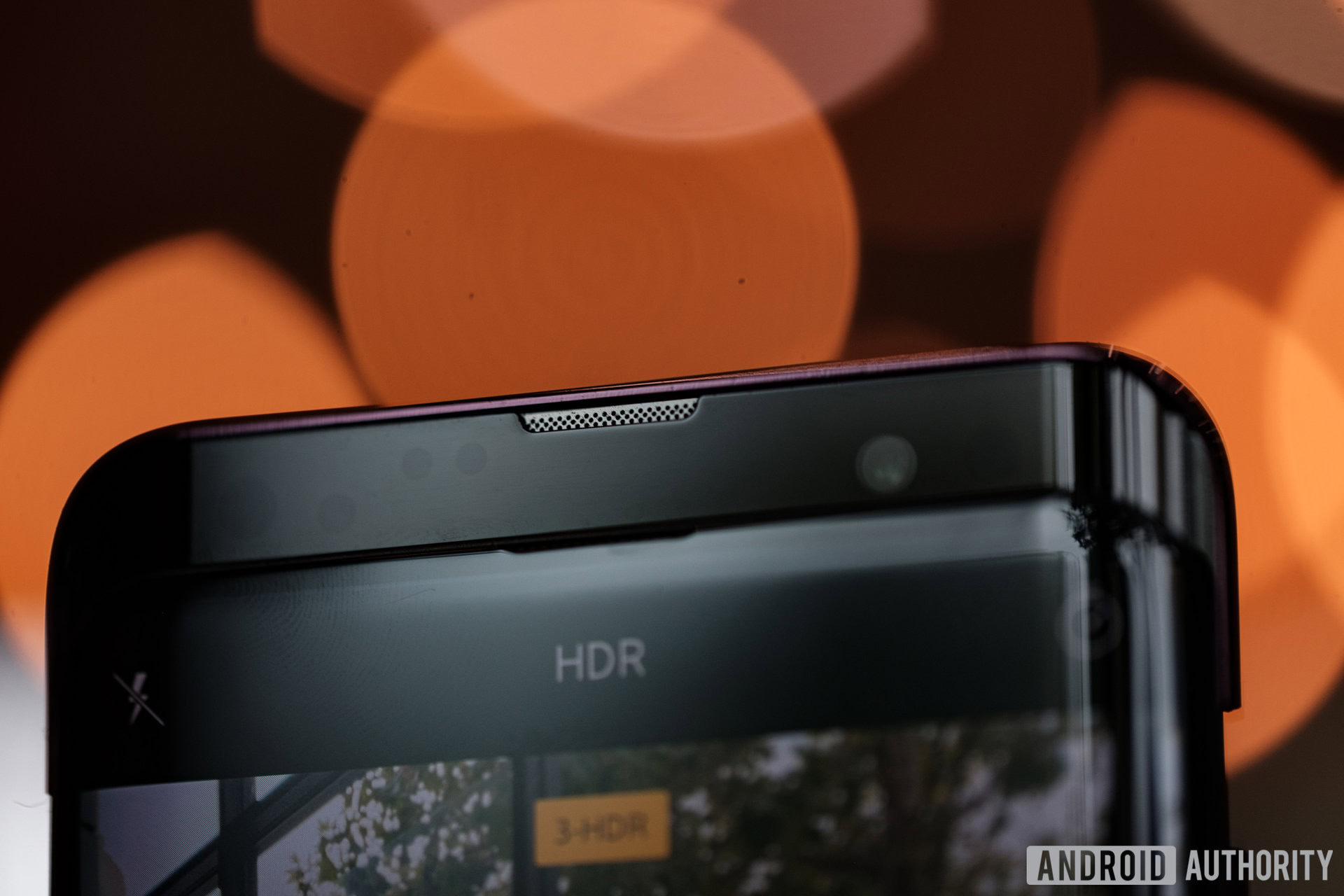
But some brands looked for an alternative to display cutouts, with varying degrees of success.
The Xiaomi Mi Mix, for example, put the camera on the rear chin. However, it was awkward to turn the phone upside down each time you want to take a photo.
OPPO Find X introduced a sliding top edge that could pop out when you wanted to take a photo, but otherwise provided a distraction-free experience. The Mi MIX 3 followed suit and offered a nostalgic delight every time you’d push the camera back and hear that satisfying “click.”
These were interesting solutions, yet, not mainstream ones. Both OPPO and Xiaomi continued with notches on the rest of their portfolio.
Enter vivo.
Pop goes the selfie
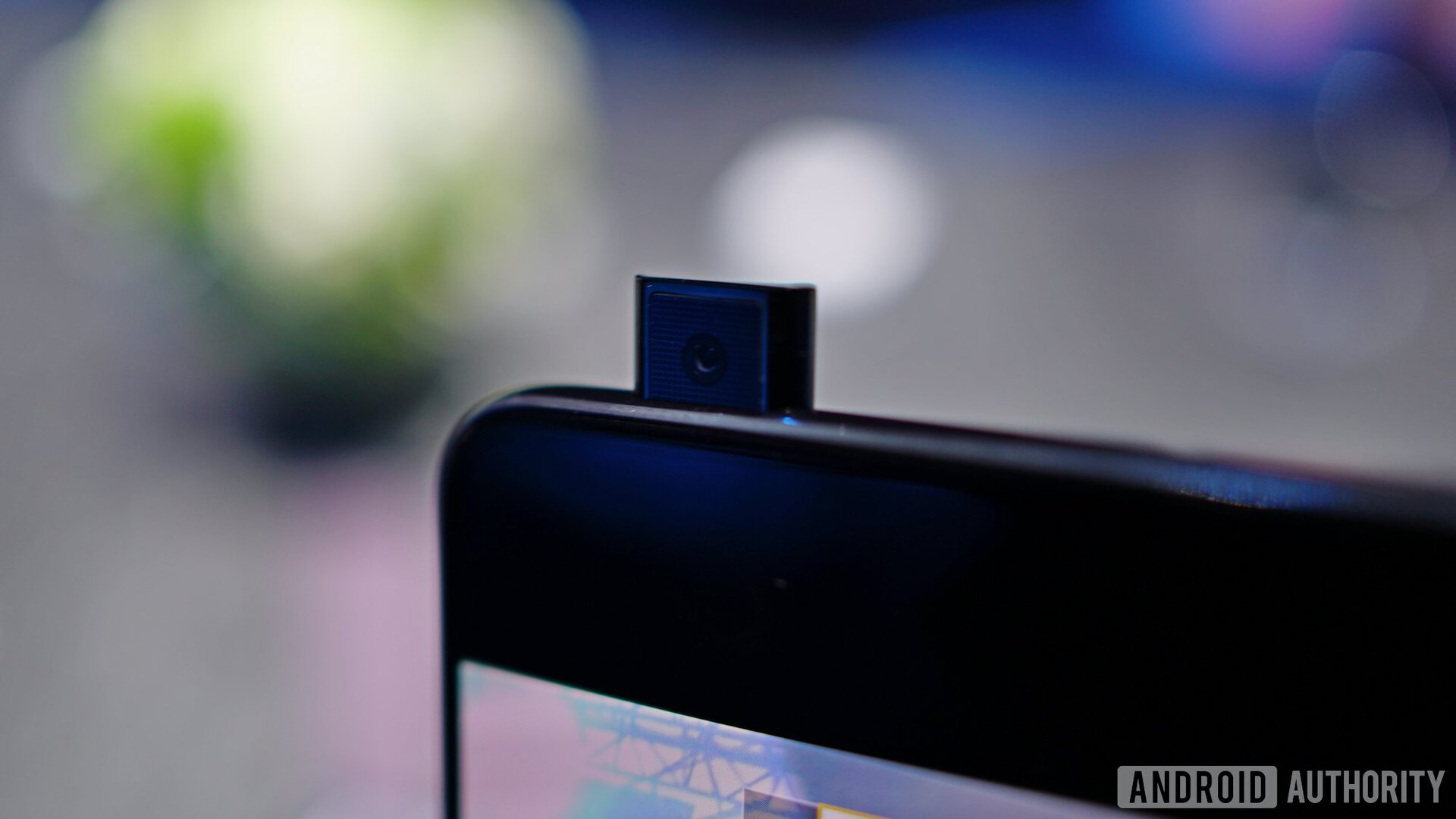
Launched last year, vivo Nex showcased a new sliding camera implementation. While the rear camera was mounted as usual, the front camera popped out from the top edge every time you wanted to take a selfie or start a video call.
“I need more motorized parts in my smartphone,” said nobody ever, yet the seamless solution and solid implementation meant that vivo Nex got quite the attention. And, with the mid-range vivo V15 Pro, the company has now brought the pop-up camera to the mainstream.
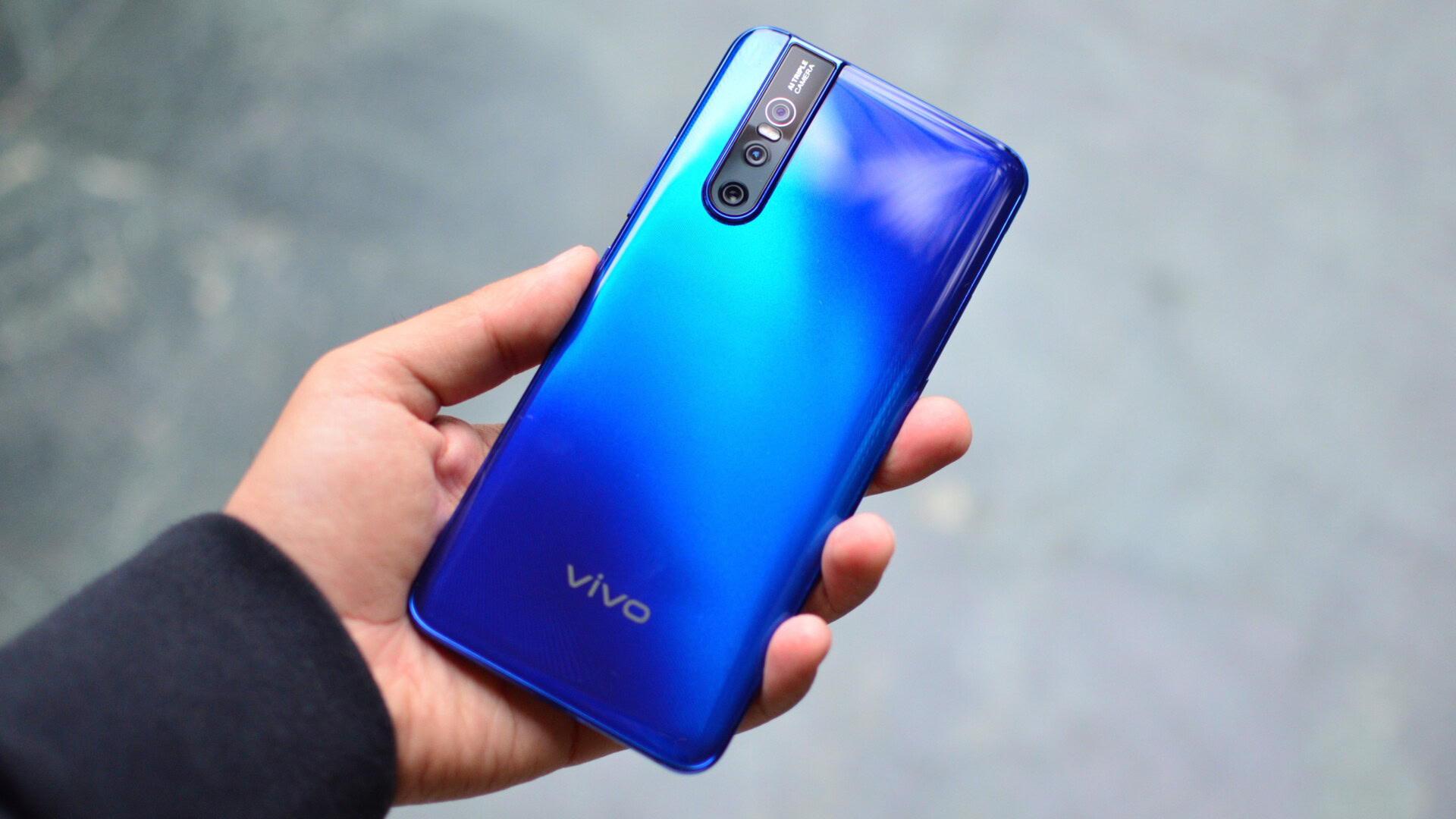
vivo says the camera on the vivo V15 Pro pops out in just 0.46 seconds. In practical use, it’s quick enough, and the spring mechanism doesn’t annoy you with the wait.
One of the primary worries about the mechanism was how well the sliding motor and moving parts would hold up to regular use. vivo claims that its pop-up camera can withstand tensile and torsional forces of up to 120kgf and can be used for over eight years, assuming one uses it 100 times a day. I remember my colleague Kris casually hammering the popped-out camera to verify the durability of the vivo Nex in his review. In my time with both the vivo Nex and the V15 Pro, I often pushed the camera module down deliberately and haven’t noticed any issues.
Besides concerns about durability and speed, the sound of the camera popping out might be an annoyance for some. While you can change or even mute the sound, the sound of the motor can still be heard in a quiet room.
The V15 Pro also comes with face unlock, which takes an extra second because the front camera has to pop out and authenticate you. While it’s functional, and nicely executed, I settled with the in-display fingerprint sensor instead.
Viva vivo!
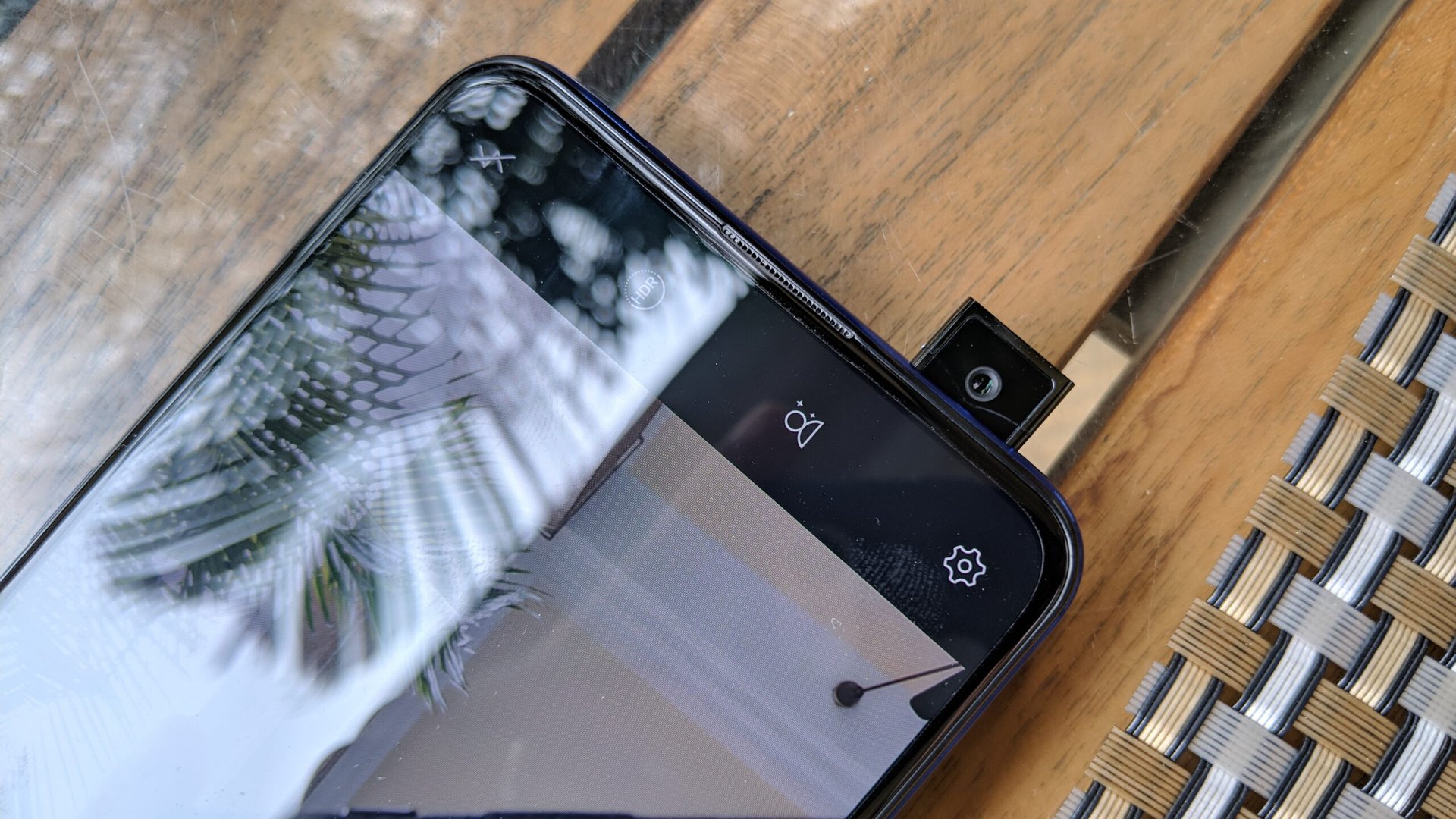
The sliding camera on the vivo V15 Pro is a delight. Watching it pop out from its groove and smoothly go back is almost therapeutic.
It makes for a beautiful, large display – with no intrusion whatsoever. For folks like me, who take a rare selfie every now and then, having to wait a little for the front camera to pop out is not much trade-off for the joy of a bezel-less display. I can wait for half a second for that occasional selfie.
The pop-out camera doesn't feel like a trade-off for a beautiful, bezel-less display.
The vivo V15 Pro will obviously sell much more than previous devices with sliding cameras. Along the way, it may legitimize the pop-up camera as the best solution to the bezel-less display conundrum.
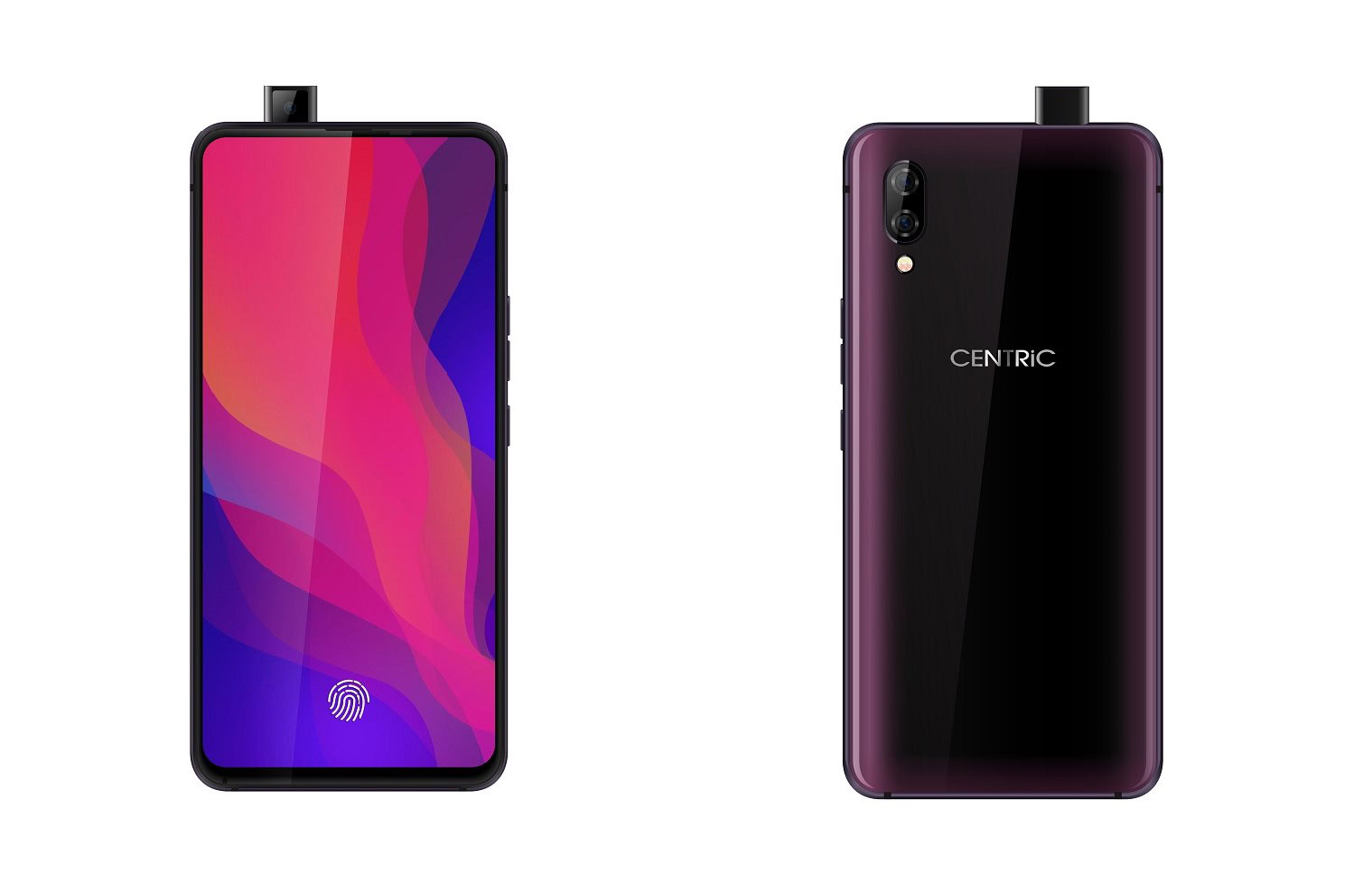
I’d actually like to see more devices from other OEMs doing something like this, and it seems the trend is catching on. vivo sister brand OPPO has added a pop-up camera to its head-turning F11 Pro and smaller brands are also jumping on the bandwagon. For instance, at MWC 2019 Indian smartphone maker Centric launched its new smartphone, the Centric S1, with a pop-up selfie camera.
However, it will be OnePlus that will probably make pop-up cameras known to a global audience. The OnePlus 7 is expected to come with a pop-up camera, and, unlike vivo and OPPO phones, this phone will be easily available throughout Western markets, including the U.S.
What is your prefered solution for maximizing screen-to-body ratio without compromising on practicality? Chime in with your thoughts in the comments!